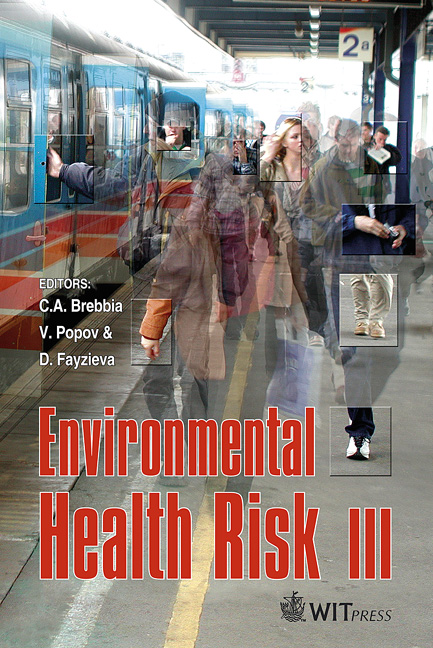Health And Safety In The Workplace: Prevention Of Hazards To Reproductive Health
Price
Free (open access)
Transaction
Volume
9
Pages
10
Published
2005
Size
275 kb
Paper DOI
10.2495/EHR050341
Copyright
WIT Press
Author(s)
C. Ferradans-Caramés & F. González-Bugatto
Abstract
Occupational exposure figures are inexact, and environmental levels are even more difficult to document. Exposure usually involves chemical mixtures, and individuals may not be aware of all the chemicals with which they come into contact. Thus, the effect of individual chemicals is difficult to assess, and causeand- effect relationships are nearly impossible to establish. The action plan, which should be drawn up by every employer, should specifically take into account when assessing the hazards involved in carrying out a particular job in a specific working environment, the factors which can have a bearing on the ability of the individual to have children, making a distinction between hazards which can affect women, and those which can affect men. Objective risk assessment should be made more specific, taking into consideration both the characteristics of the job and the individual by whom the said job is done. Keywords: reproductive health, workplace, chemical hazards, labour risks prevention. 1 The right to reproduction and occupational health The objective of our study is to analyse, from both a physiological and a legal perspective, the problems which arise at work which may be harmful to reproduction due to the characteristics of a working environment, the facilities, the chemical, physical or biological substances present, etc. The treatment of this question has to be distinct depending upon whether the potentially affected subject is female or male, given that the effects of these possibly detrimental factors could be different according to the gender variant [1].
Keywords
reproductive health, workplace, chemical hazards, labour risks prevention.





